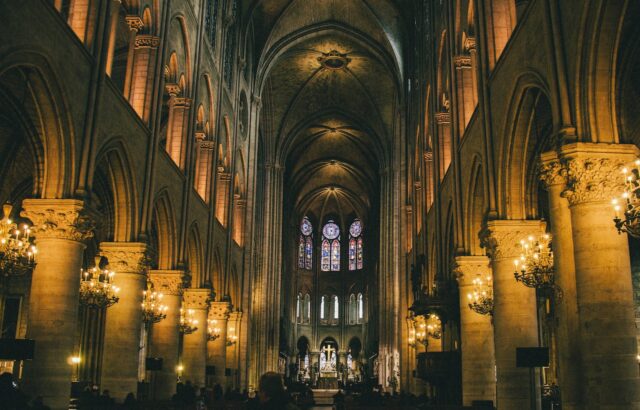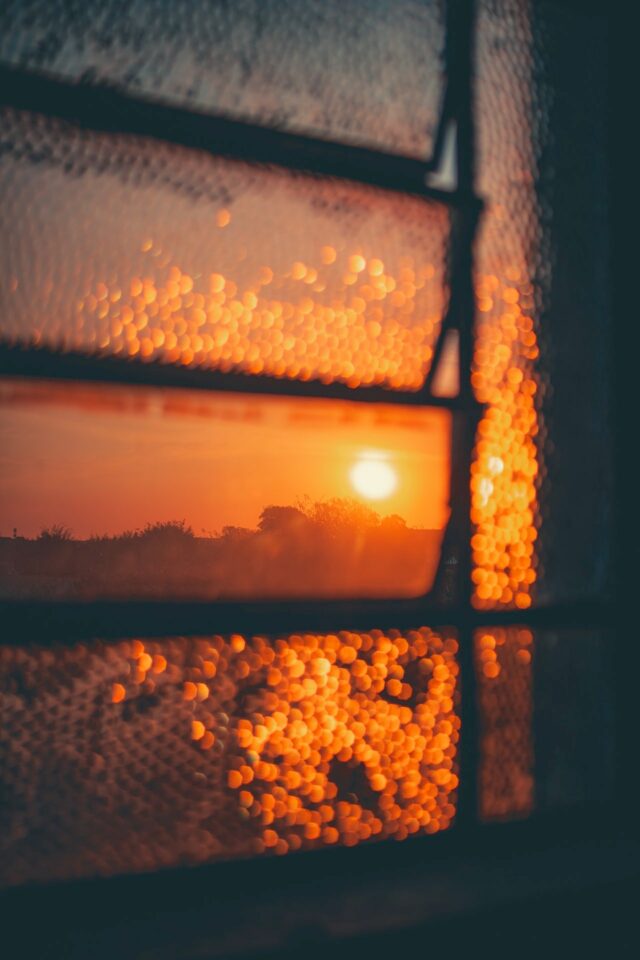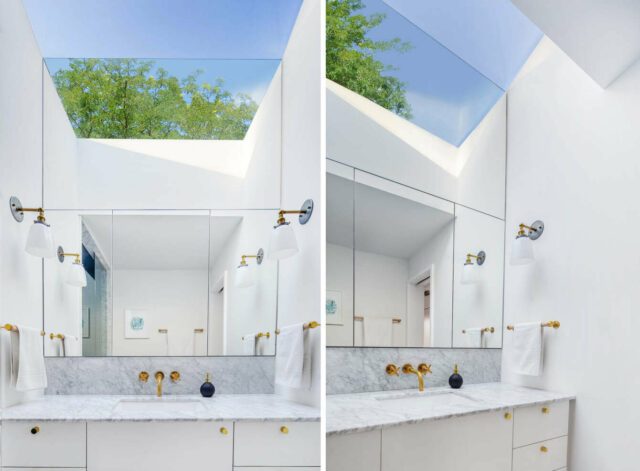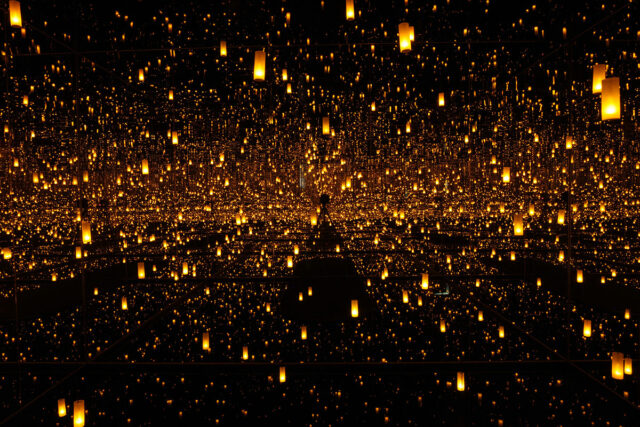Notre Dame cathedral. The Grand Canyon. An unexpected rainbow. To experience any of these sights would trigger within us a feeling of ‘awe’: something that defies an existing frame of reference and leads to a change in our perception.
Many awe-inspiring stimuli can be found in nature, particularly in places that open out to broad horizons such as the top of a mountain or a cliff overlooking the ocean. These sights make us feel smaller, humble, and in some cases, more charitable.
The real question is, how do we bring a phenomenon that occurs naturally in nature to the built environment?
In September 2020, Terrapin Bright Green announced the addition of Awe to its pre-existing 14 Patterns of Biophilic Design, giving it weight to the impact of stress, creativity, productivity, and wellbeing in the built environment. Including Awe, the report identifies 15 patterns that appear in nature and highlights how implementing them into our surroundings can enhance our satisfaction in places like the office, hospitals, and schools.
Understanding how to evoke a feeling of awe through manmade design poses a challenge. What is it about a sunset that captivates our attention? How do you mimic the wonder of watching a shooting star? Is it possible to recreate the feeling of seeing a rainbow appear?
Incorporating the aspect of awe into the built environment can help to lower stress levels, boost creativity, and improve overall wellbeing. Below, we’ve highlighted some examples of awe in buildings.
Spatially induced experiences of awe
While we might not have the same amount of access to large spaces as in outdoor areas, various design aspects like ‘compression and release’ can help us to replicate experiences of awe in the natural world. Compression and release refer to a small space suddenly transforming into a larger one – like when a forest thins and comes to a cliff edge.
Our perception of feeling closed in shifts to a much broader perspective, readjusting our sense of self in the situation.
Walking into the Notre Dame cathedral, it was easy to be lost for words and overwhelmed by the sheer size of the arches, the minutia of detail, and the glowing stained-glass windows. Instead of being the centre of our own world, we become something much smaller.

Ephemeral phenomena experiences of awe
Throughout the day, there are fleeting moments of beauty all around us. The glow of sunrise in the morning, a bolt of lightning during a thunderstorm, a rainbow as the clouds clear. These short-lived moments which can affect the way we see a landscape around us and are called ephemeral phenomena.

According to a study from the University of Exeter in the United Kingdom, people find everyday environments more beautiful and awe-inspiring when ephemeral phenomena influence them. In the study, 2,500 participants experienced 3D animation systems to see experimental conditions such as daily rhythms of the sun and storms, both in urban and nonurban settings.
The findings indicate that awe has the potential to improve mood, enhance positive social behaviour, and increase positive emotions. Experiencing sunrise and sunset significantly triggered significant boosts in people’s feelings of awe.
Alexander Small, a PhD fellow at the University and lead research author, said, “Paying greater attention to diurnal patterns, such as the timings of sunrise and sunset, the occurrence of a full moon, or the clear night-time sky, could help to reconnect people with the natural world.
“There is growing concern that populations in Western societies are spending less time in nature, a trend termed the extinction of experience. By highlighting the rhythms of the day, seasons, weather and climate, we might provide opportunities for people to take note of and place greater value on the natural processes around them.”
Lighting the way to awe
How much light we experience each day plays a key role in in our wellbeing, as well as providing opportunities to experience awe. Daylight supports the healthy functioning of our circadian rhythms, kickstarting our body clocks in the morning and helping us wind down at the end of the day. It also influences our mood, energy levels, sleep, and visual comfort.
As mentioned above, we can reap massive health rewards by paying more attention to our diurnal patterns. Although, in evermore congested cities and increasingly squished building blocks, we might not always have the freedom of spacious windows or a backyard. Instead, there is an opportunity to induce awe through creativity.
Toronto-based CAB Architects shared an article about their experience of playing with light and visual tricks to make a space ‘magically’ feel bigger.
“In the project below, we were designing a bathroom in the middle of a rowhouse that had no opportunity for windows and a relatively small footprint of about 45 square feet. In order to bring in natural light, we punctured a giant wall-to-wall skylight above the vanity and ran the mirror right up into it, doubling the reflection and impact of the natural light seen in this space. This simple move helps to create a shift in scale and perspective, flooding an otherwise land-locked room with bright light, adding vertical dimension to the room, and playing a visual trick with the mirror. It artificially increases the size in the room, allowing you to feel small within it.”

Similarly, Yayoi Kusama’s Infinity Mirror Rooms utilises hanging lights and mirrors to create an illusion of infinite space and distort our boundaries. This spatial experience whisks us away from the norm of our daily visuals and pushes our minds with an awe-inspiring experience.

As the 15th Pattern of Biophilic Design, we can start to bring the outside in with aspects of awe that will reignite our sense of wonder throughout the day.
Sophie Crossley
Sophie Crossley is our Content Editor. She has 5+ years of experience in comms with a focus on wellbeing, the built environment, and lifestyle.




